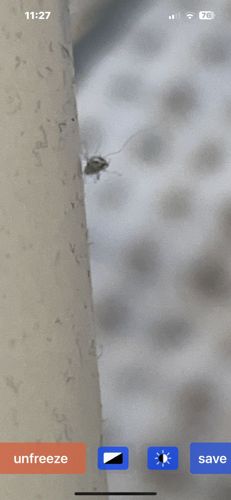Booklouse / Psocid
Scientific Name: Though many species exist, a common indoor genus is Liposcelis (e.g., Liposcelis corrodens).
Order & Family: Order: Psocoptera, Family: Various (e.g., Liposcelididae, Psocidae)
Size: Typically 1-2 mm in length, some winged species can be slightly larger. They are often pale, translucent, or greyish-white.

Natural Habitat
Damp, humid, and often dark environments, such as basements, bathrooms, kitchens, behind wallpaper, in stored books, food pantries, and under insulation. They thrive in high humidity (above 60%) and moderate temperatures.
Diet & Feeding
Mainly feed on molds, fungi, starches, glues, binding paste in books, cereals, and other organic matter. They do not bite humans or animals.
Behavior Patterns
Psocids are often found in damp, dark, undisturbed areas. They are active and fast-moving, especially when disturbed. They may infest food storage areas and books, feeding on mold and other organic matter. Some species are gregarious, living in groups.
Risks & Benefits
Risks: Can be a nuisance pest in homes, contaminating food and damaging books or paper products by feeding on molds and starches. They do not transmit diseases. Benefits: In natural environments, they are decomposers, helping to break down organic matter. They serve as food for other insects.
Identified on: 8/27/2025